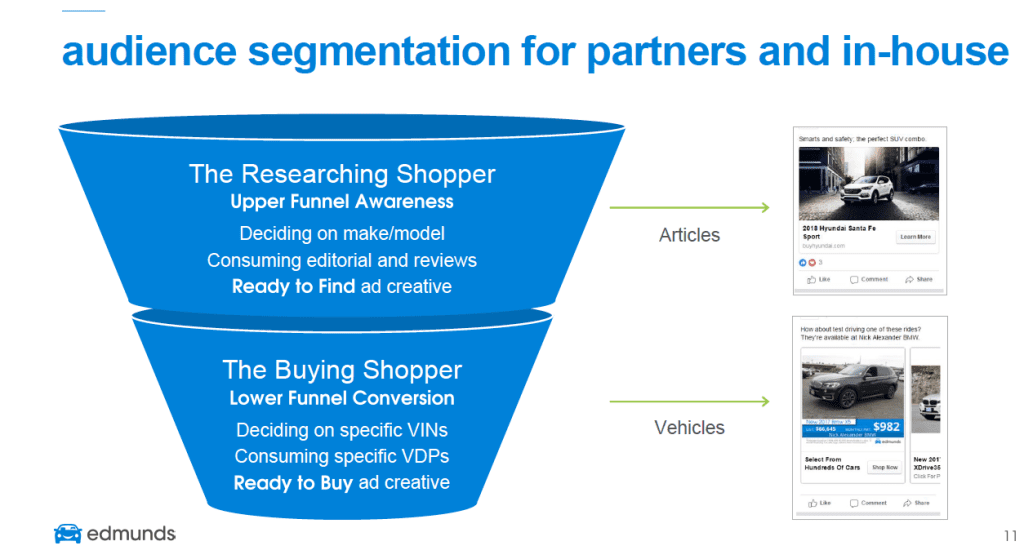
More than ever, audience segmentation is a viable path to increasing revenue for publishers, especially publishers who can effectively leverage first-party data both on-site and off-site. That was an essential piece of Madhura Sengupta’s —former Director of Ad Product Technology at Edmunds.com—talk, “Mastering the Sell Side and Buying Side of Advertising,” at Publisher Forum in Portland earlier this year.
The idea of building first-party data to build a better user experience on-site and then accurately scaling and extending your audience offsite to give them a similar experience—and offering it at a premium price to brands—reminds me of the seminal marketing classic The One To One Future: Building Relationships One Customer at A Time, by Don Peppers and Martha Rogers. In the book, the authors laid out an idea based on the Pareto Principle—which for businesses roughly states that 80 percent of the profits come from 20 percent of customers— that focuses on nurturing one-to-one relationships with each customer.
RELATED: The Off-Site Plan: Segmenting Audiences For Extension
In Edmunds’ case, that’s the segment of their audience most likely to purchase an automobile. This audience is very valuable to auto advertisers, so Edmunds built their own data warehouse to fire a pixel to capture first-party data based on how users scroll, filter click, and search on their site. The data enables them to bucket audiences beyond demographic and geographic, down to income bracket, how much they want to spend, which brands they are interested in and how conquestable they are. There’s even some geotagging and geofencing in play, as well as dealership partners who help Edmunds match a user ID with a purchase. Can someone say: Location, location, location!
Back in the lab, data scientists score users on propensity to buy and determine which stage of the funnel they’re in. This helps Edmunds tailor the site experience so users see what’s most relevant to them at any given time, coincidentally making the advertising on the page a lot more relevant.
Since Edmunds is behavioral targeting and not page targeting, they can determine how to provide a better UX that earns more page views to a truly more engaged audience—outperforming by 5X. Most important, Edmunds is able to sell 80% of inventory directly to advertisers and also bring them valuable insights, such as whether they are losing or gaining market share.
For any publisher looking to start increasing revenue through audience segmentation today, all they have to do is focus on what their most valuable data is and maybe partner up with a DMP if they can’t do it themselves.
This slide provides an example of how audience segmentation works in context, showing advertisers how important it is to get in front of users in the research phase.
